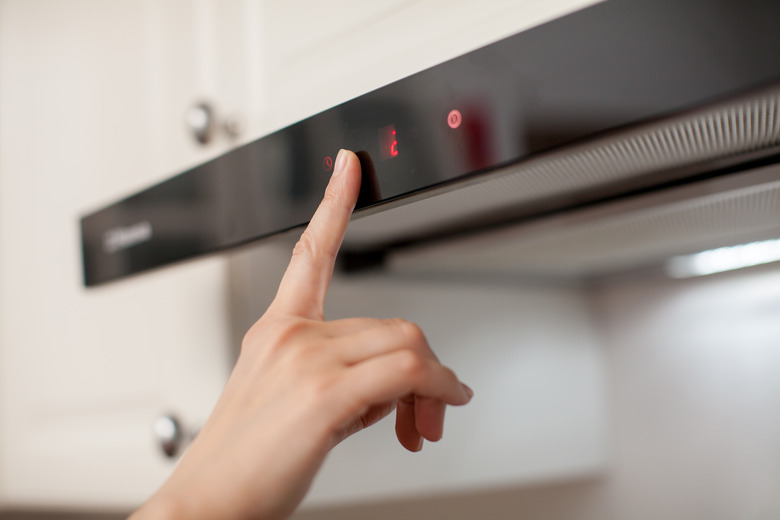Should A Vent Hood Duct Be Insulated?
Insulating your home's duct work is the most effective way to reduce heat loss and noise, as well as improve the efficiency of your home heating and cooling system. But homeowners sometimes overlook the importance of insulating other appliances that use ducts, such as kitchen and bathroom exhaust mechanisms. Consider a few facts to decide if installing vent insulation on the duct work used by your kitchen range vent hood is a good choice for your home.
Tip
Insulating a kitchen range vent hood is a good idea for safely removing carbon monoxide, natural gas and odors through duct work that directs these pollutants outside the home.
Vent Insulation for Oven Hoods
Vent Insulation for Oven Hoods
Using a vent hood over your cooking range not only helps remove odors and nuisance smoke from your kitchen, but it also helps keep your family safe by removing carbon monoxide, natural gas odors and other potentially harmful substances from the air around your cooktop. Some range vent hoods use filters to remove harmful particulates and circulate the air back into the kitchen. More common, however, are vent hoods that ventilate air directly out of the home via a system of duct work.
Insulation Around Range Hood Duct
Insulation Around Range Hood Duct
Like other duct systems in the home, insulation around range hood ducts reduces nuisance noise and vibration when the fan inside the vent hood is running. But more importantly, insulating duct work wherever ducts run through unheated parts of the home will help prevent air loss through the thin metal ducts. Insulation will also help prevent the buildup of condensation and the moisture problems that can result from condensation accumulation.
Recommended Insulation Materials
Recommended Insulation Materials
For duct work insulation, the U.S. Department of Energy recommends rigid fiber board insulation for insulating your duct work. Install the insulation according to the manufacturer's directions. Before insulating, however, seal all openings in your duct work; insulating duct work with unsealed openings is an exercise in futility at best.
The highest R-value duct insulation for rigid fiber board is R-6.5 to R-6.8, which is made of polyisocyanurate foam (polyiso for short). This type of insulation has reflective foil on both sides, with a foil vapor barrier to the back and a white foil finish on the front. Extruded polystyrene (XPS) rigid foam insulation has an R-value of approximately R-5, and expanded polystyrene (EPS) has an R-value of approximately R-3.8.
Use mastic sealant or metal tape instead of duct tape. Contrary to its name, duct tape doesn't actually provide a good seal, and it degrades quickly.
Other Insulation Considerations
Other Insulation Considerations
Just as is the case with insulation in other parts of your home, you should regularly inspect and maintain the insulation on your duct work. If the insulation around your vent hood duct work becomes waterlogged because of a roof leak or similar problem, the insulation's effectiveness will be compromised. And if the insulation is compromised, it can create a favorable environment that actually invites moisture problems inside the ducts. Inspect the insulation around your ducts at least once a year and replace any that has become compromised.
